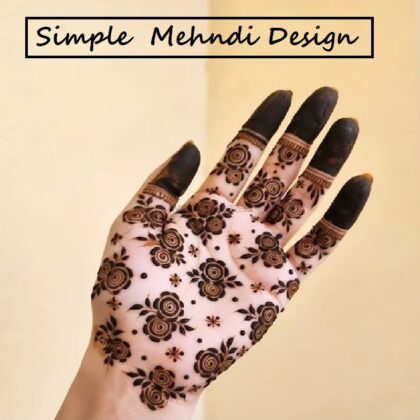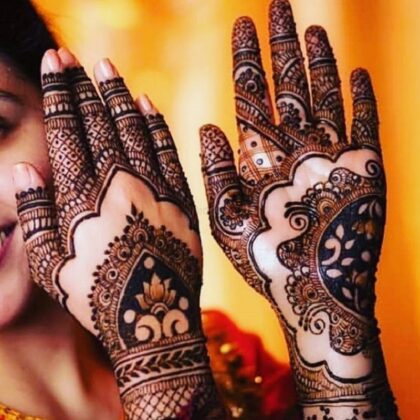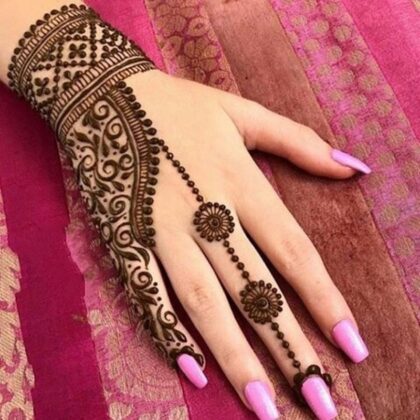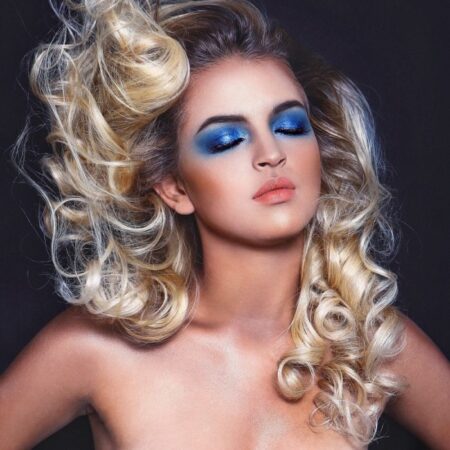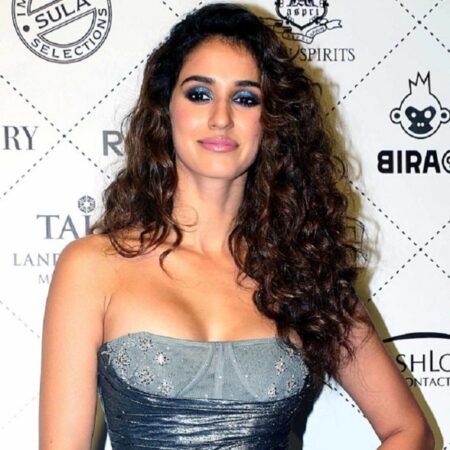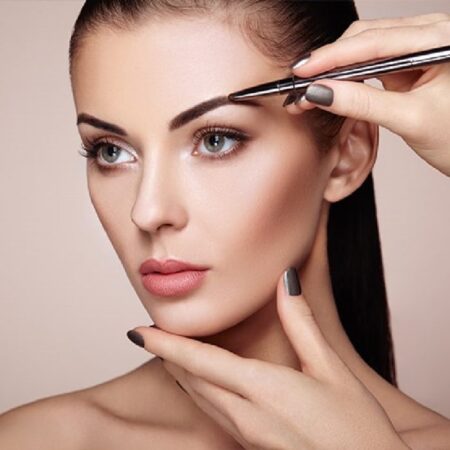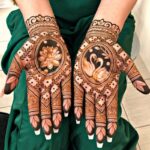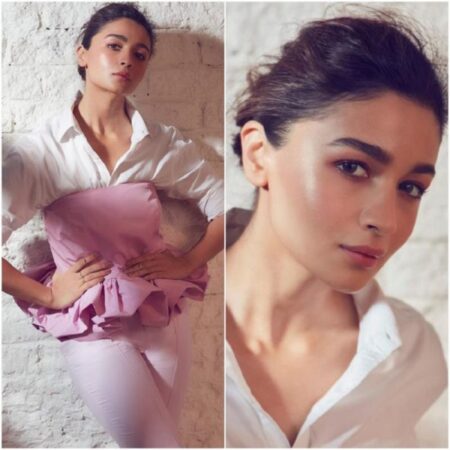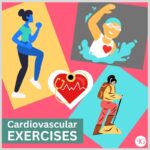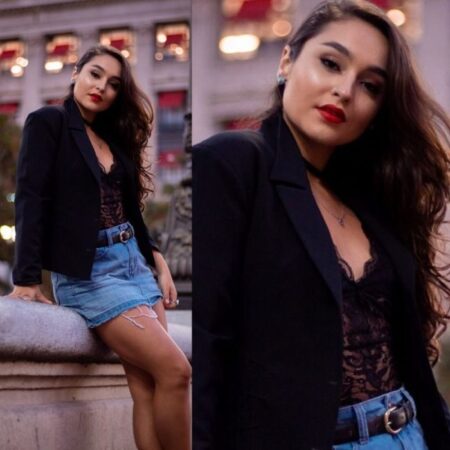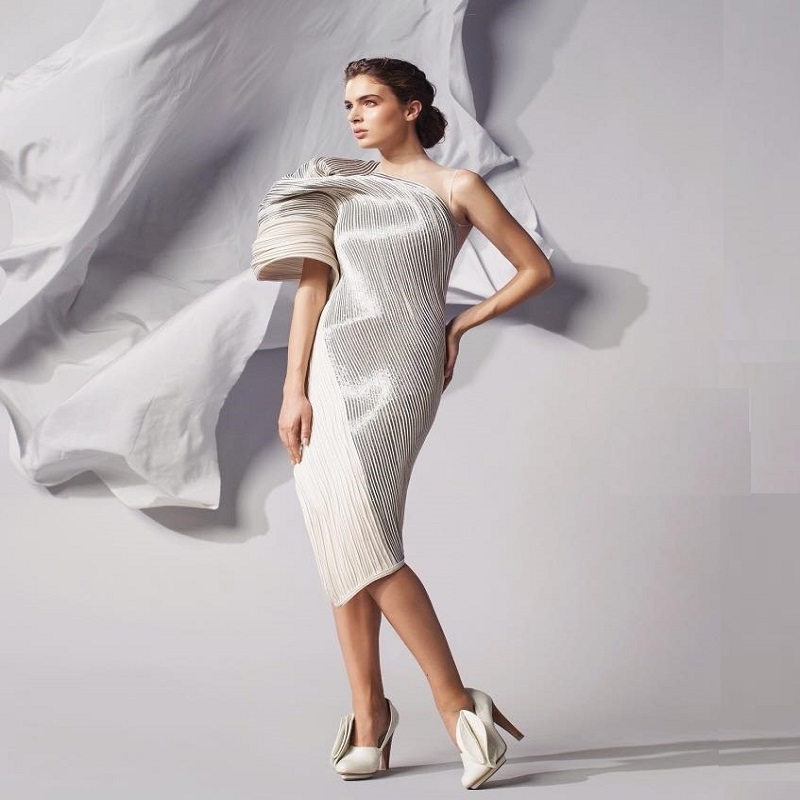
When asked, “how to become a model?”, most people would say that “looks” are the greatest asset for models. And they are not entirely wrong. You see, looks are the primary value proposition in the modeling industry. However, it takes more than just looks if you aim to be a supermodel and have a successful career in the field. First, you have to know what sells products and then understand the business’s nitty-gritty. That is why industry giants give the most attention to models like Giselle Bundchen, Heidi Klum, or Jerry Hall.
Below are the basic requirements that you would need to meet to have a shot at becoming a model. Keep scrolling!
What Does A Model Do?
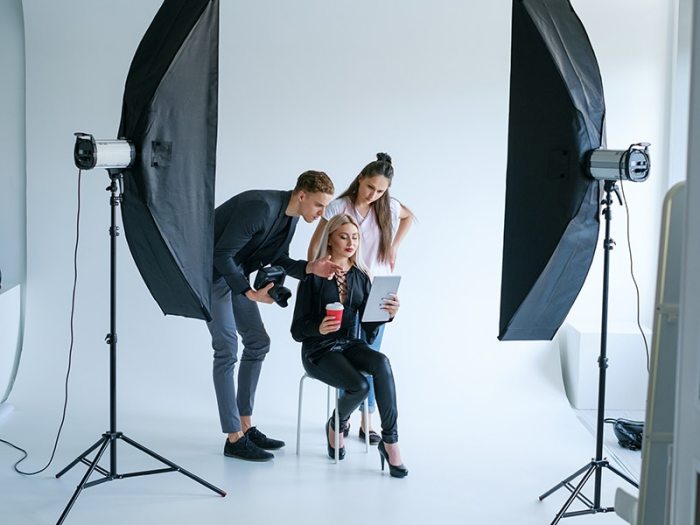
The first thing that a model does is go to castings. Whenever a designer or photographer wants a new look for their collection, they will call a modeling agency and ask them if any of their models have the ‘look’ they are going for. For instance, the designer may need a girl with red hair and freckles or a guy with a particular body type.
Sometimes designers may want to portray an image of perfection. So, they will choose models who have no physical flaws. It would be the case if the designer wanted a model for a high-fashion project.
At other times, designers will choose models who are not quite perfect but closer to real-life standards. For instance, you might be chosen if you have a great smile that would go well with clothes designed for younger people, or your thick eyebrows might fit something designed for an older audience. In short, a designer might ask for anybody from thin to average to heavy as long as the model has a certain look that will complement their vision of what they are trying to create.
Quick Tip
Recognize your strengths and reflect your confidence in your body language because it can play a big role in becoming a successful model.
Furthermore, there are different types of fashion models based on their work and the audience they target. Head to the next section to know all about them.
10 Types Of Fashion Models


Types of Fashion Models
Fashion is a broad field, and stylistic preferences vary drastically from one person to the next. Therefore, there are few important categories of fashion models, as mentioned below:
1. Editorial models
These models often appear in fashion magazines, like Vogue or Harper’s Bazaar, wearing the latest designs from a particular fashion designer or clothing brand. Editorial models pose for fashion photographers during photoshoots, taking direction, and following their own artistic instinct to help capture the perfect image. Female models are categorized by their height and measurements, and are typically five feet, nine inches or taller and slim. Male models are categorized by their height and measurements, and are typically around six feet tall and slim.
2. Runway models
These models walk the catwalk during fashion shows, displaying carefully curated ensembles for audiences that set the current tone or upcoming trends for the fashion world. All runway models are categorized by their height and measurements, and are typically over five feet, nine inches and slim.
3. Plus-size models
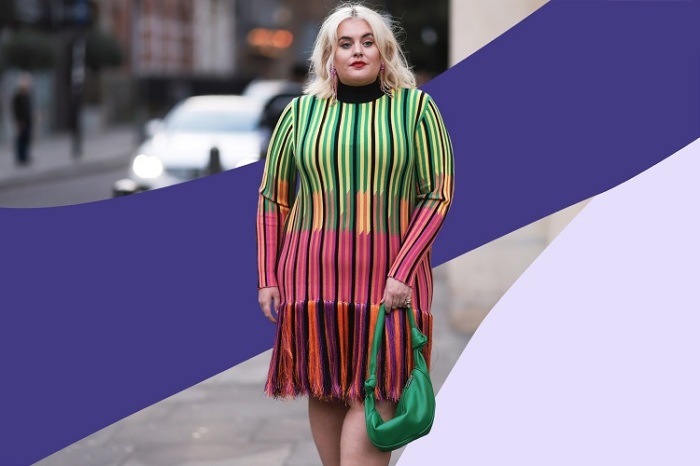

In the fashion modeling industry, models who are larger than the editorial standard are considered full-figured or curvy. They primarily model plus-size clothing designs.
4. Parts models
Parts models only model a specific body part in product photography. For example, they may use their hands to model a new nail polish, or their feet to advertise a new sandal. Parts models must take special care of their coveted feature to ensure it stays in optimal condition.
5. Fitness models
Maintaining peak physical fitness is a major requirement for fitness models. These models exercise regularly, creating a toned and muscular physique. Fitness models usually appear in magazines, advertising supplements, workout attire, or gym facilities.
6. Glamour models
Glamour models are usually hired based on their appearance and sexual appeal. Brands and photographers hire glamour models to appear in certain magazines, calendars, and music videos.
7. Lingerie models
Lingerie models pose in brassieres and underwear for photoshoots, catalogs, and magazines. These models also work the runway to show off the latest undergarment fashion for lingerie brands and designers.
8. Swimsuit models
Swimsuit models pose in bathing suits, showing off the latest in summer swimwear. The magazine Sports Illustrated is most known for its athletic swimsuit model features.
9. Promotional models


Brands hire this type of model to market their products and services. Brands hire promotional models, commonly known as influencers, to promote their products and services to their target audiences.
10. Catalog models
Companies hire these commercial models for their relatable image. This type of modeling has more flexibility in terms of appearance. Catalogs typically feature models who look like everyday people, rather than runway-ready supermodels. This type of commercial modeling includes mainstream retail clothing, and products that are more accessible to general consumers.
Quick Tip
Find a modeling agency that seems a good fit and submit your digital and relevant experience.
Once you have decided on the kind of model you want to become, you can work on the core skills needed in the profession. Check out the next section to know all about them.
Tips On How To Become A Model


Establishing a modeling career requires time and discipline. If you’re an aspiring model looking for full-time modeling work, check out the following tips:
1. Recognize your strengths
Being a model involves hyperfocus around your appearance. However, beauty is subjective, and you never know what someone will find beautiful about you. You can reflect confidence in your body language, which can affect how other people perceive you. The modeling world is full of rejection, and it can be easy to take that rejection personally. You need to keep in mind that you have something unique to offer. Presenting yourself as a confident person can play a big role in becoming a successful model.
2. Understand the duties of the job
Modeling requires hard work, determination, and the ability to follow directions quickly and efficiently, posing in particular ways or recreating looks for hours at a time. You will need to have a variety of poses in your arsenal for the type of modeling you are pursuing. You’ll also need to know how to angle your face and body for the camera to convey the right image. If you want to become a runway model, you will need to establish and practice your signature walk.
3. Take care of your appearance


Modeling is all about aesthetics, but being attractive isn’t the most necessary part. Taking care of your body is a big part of modeling. While there are now more modeling opportunities for various body types and clothing sizes, you still have to take care of your skin, hair, and nails—especially if you’re a parts model.
4. Get headshots
To get a modeling job, you’ll need a variety of headshots and full body shots to submit to potential agencies and employers. Hire a photographer with experience to shoot you in natural light and plain clothes to highlight your features. Ensure that your pictures closely resemble how you look in real life, so modeling agents can see what you bring to the table. Avoid submitting filtered photos from social media.
5. Create a portfolio
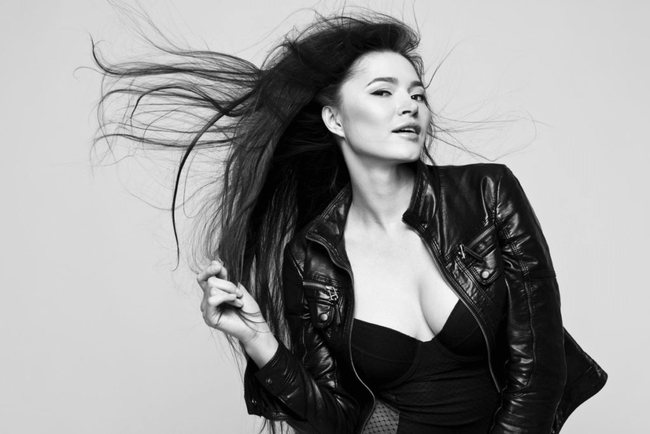

A modeling portfolio is an important tool that many potential clients will look at before deciding to work with you. These photos are more highly styled and edited than your headshots. Gather your best, high-quality professional photos, and organize them into a portfolio or on a website that advertises your abilities and range. A website can also make it easier for potential agencies to find you and see your work.
6. Find a modeling agency that fits your brand
Most models need an agency to help them find work. Research the top modeling agencies and find a few who seem legitimate and who represent the type of model you wish to become. If you find a model agency that seems like a good fit, submit polaroids (also known as digitals) along with any relevant modeling experience.
7. Try a modeling school
Enrolling in a modeling school or taking modeling classes can help aspiring models better understand the basics of what the career entails, like how to compose their photo portfolios, how to pose or runway walk, how to work with photographers, and personal image development.
8. Look for open casting calls
Sometimes, the best way to get into modeling is to go to an open casting call. While you can’t just walk into any agency and be seen, open calls (or go-sees) are a period of time an agency sets aside to see new models without prior contact or appointment. As a new talent, use these go-sees for self-promotion, further increasing your chances of becoming a top model.
9. Consider moving
If you are serious about becoming a model, you may want to move a major city with more opportunities. New York and Los Angeles are major modeling hubs, and the best places to find editorial, runway, and commercial work.
In A Nutshell
Becoming a model is not as glamorous or easy as people might think, but this article’s tips can help aspiring models. First, remember that modeling is more than just being pretty for pictures — it is about selling products and looking natural on camera. And don’t be afraid to practice posing in front of a mirror until you feel confident enough to walk gracefully down the runway or sell a product confidently. So, what are you waiting for? Get out there and become the best model you can be!
Frequently Asked Questions
What is the maximum age for modeling?
Modeling is a field where everyone, regardless of age, is welcome to join. Models are chosen depending on the product they are modeling for.Is modeling a good career?
Modeling enhances your poise and boosts your confidence. It also allows you to travel to different places and interact with creative people. Therefore, modeling is a promising career.How do you become a fashion model?
There are many different categories of fashion models. So the first thing you need to do is figure out what kind of a model you want to be. Once you have a category determined, you would need to start setting up a portfolio which you will need to field to various agencies so that you can start getting modelling gigs.What should a fashion model be like?
Generally fashion models are expected to be tall and capable of carrying a lot of different looks and clothing. While being skinny used to be a common enough requirement, plus sized models are also increasingly in demand these days.What do you need as an aspiring model?
The most important thing as an aspiring model is to have a good quality professional modelling portfolio. Your modelling portfolio is a curated sample of your previous work or sample shots which can show potential clients what you look like and what kind of work you are capable of doing.
Key Takeaways
- Understand the modeling industry: Familiarize yourself with different types of modeling and industry dynamics.
- Determine your modeling niche: Identify your strengths and target a specific type of modeling.
- Develop your physical appearance: Maintain a healthy lifestyle and take care of your grooming.
- Build a strong portfolio: Collaborate with photographers to create a diverse portfolio.
- Research and approach reputable agencies: Look for agencies that specialize in your niche.
- Attend open calls and casting events: Showcase your skills and get noticed by industry professionals.
- Network and make connections: Attend industry events to build relationships.
- Develop your skills: Take modeling classes to enhance posing and walking.
- Be professional and punctual: Maintain a professional attitude and be reliable.
- Stay persistent and resilient: Stay motivated and believe in yourself.

